Besides our Finishing Chemicals products we want to offer you the information you need to reach the best results and stay safe during the pickling process. By sharing our knowledge and experience about cleaning procedures, safety rules and neutralisation we want to generate the perfect support for your application demands.
Cleaning procedures
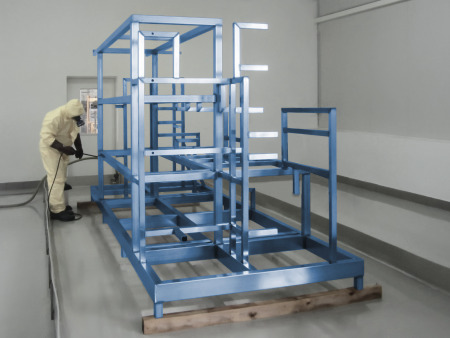
Different chemical and mechanical methods, and sometimes a combination of both, can be used to remove defects. Chemical cleaning can be expected to produce superior results. This is because most mechanical methods tend to produce a rougher surface while chemical methods reduce the risk of surface contamination. However, chemical cleaning may be limited not only by local regulations on environmental and industrial safety, but also by waste disposal problems.
Chemical treatments can remove high-temperature oxide and iron contamination. They also restore the steel’s corrosion resistance properties without damaging the surface finish. After the removal of organic contaminants, the normal procedures are commonly pickling, passivation/ decontamination and/or electropolishing.
Chemical methods
Pickling
Pickling is the most common chemical procedure used to remove oxides and iron contamination. Besides removing the surface layer by controlled corrosion, pickling also selectively removes the least corrosion-resistant areas such as the chromium-depleted zones. Pickling normally involves using an acid mixture containing nitric acid (HNO3), hydrofluoric acid (HF) and, sometimes, also sulphuric acid (H2SO4). Owing to the obvious risk of pitting corrosion, chloride-containing agents such as hydrochloric acid (HCl) must be avoided.
Discover our product portfolio for perfect pickling results.
-
- Group 1
Owing to the low chromium content, the corrosion resistance of this group is lower than that of the groups below. The lower resistance of the steels in this group means they are “easier” to pickle. In other words, to avoid the risk of overpickling, they need a shorter pickling time or a less aggressive pickling agent. Special care must be taken to avoid overpickling! The pickling result may be unpredictable.
- Group 2
The steels in this group are standard grades and fairly easy to pickle.
- Groups 3 – 4
The steels in this group are high-alloy grades. Being more corrosion resistant, they need a more aggressive acid mixture and/or higher temperature (to avoid an excessively long pickling time). The risk of overpickling these steel grades is much lower.
-
- A rough, hot rolled surface may be harder to pickle than a smooth, cold rolled one.
- The surface must be free of organic contamination.
-
Thickness and type of oxide layer depend largely on the welding procedure used. To produce a minimum of oxides, weld using an effective shielding gas that is as free of oxygen as possible. Particularly when pickling high-alloy steel grades, mechanical pretreatment to break or remove the oxides might be advisable.
-
The effectiveness of pickling acids increases with temperature. Thus, the pickling rate can be considerably increased by increasing the temperature. However, there are upper temperature limits that must also be considered. Especially when using a bath, the risk of overpickling increases with high temperatures. When using pickling paste/gel/spray/ solution at high temperatures, evaporation presents the risk of poor results. Besides an uneven pickling effect, this also leads to rinsing difficulties. To avoid these problems, objects must not be pickled at temperatures above 45ºC or in direct sunlight.
-
The acid mixture influences the pickling behaviour.
-
- Pickling paste/gel
Pickling paste (or gel) for stainless steels is suitable for pickling limited areas, e.g. weld-affected zones. It is best applied using an acid-resistant brush. Rinsing with water must be carried out before the paste dries. Even if, for environmental and practical reasons, neutralisation of the pickling paste is carried out on the metal surface, thorough rinsing with water is vital.
- Pickling spray
Pickling solution (or pickling gel in spray form) is suitable for pickling large surfaces, e.g. when the removal of iron contamination is also desired.
- Pickling bath
A concenient method if suitable equipment is available
Passivation and decontamination
This procedure is carried out in a manner similar to pickling. The passivator, applied by immersion or spraying, strengthens the passive layer. Because the passivator also removes free iron impurities from the surface, the treatment is more important after mechanical cleaning and operations involving a risk of iron contamination. It is for this reason that the method can also be referred to as decontamination.
Electropolishing
Electropolishing normally produces a surface that guarantees optimal corrosion resistance. It does not selectively remove areas of inferior corrosion resistance, but polishes microtips from the surface. The material gains a fine lustre and, most importantly, an even microprofile that meets extremely stringent hygiene requirements. For these reasons, electropolishing is normally used as a final treatment after pickling.
Choice of method
The choice of method and the amount of final cleaning required depend on: corrosion resistance requirements; hygiene considerations (pharmaceuticals, food, etc.); and, the importance of the steel’s visual appearance. Removal of welding defects, welding oxides, organic substances and iron contaminants is normally a basic requirement and usually allows a comparatively free choice of final treatment.
Provided that the surface roughness so permits, both mechanical and chemical methods can be used. However, if an entirely mechanical cleaning method is decided on, the manufacturing stage has to be very well planned in order to avoid iron contamination. If it is not, decontamination, probably with nitric acid, will be necessary. Where surface finish and corrosion resistance requirements are exacting, the choice of method is more critical. In such cases, a treatment sequence based on pickling gives the best chances of superior results.
The figure below shows the results of a test where the samples (steel grade 1.4404/316L with MMA welds) were post-weld cleaned using three different methods.They were then exposed to a marine environment for two weeks.
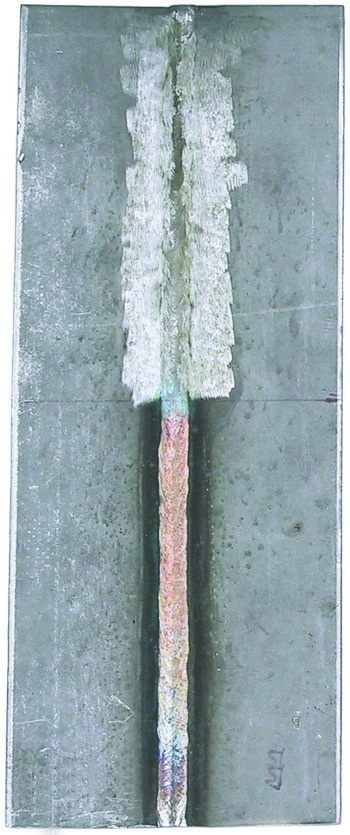
Grinding

Polishing
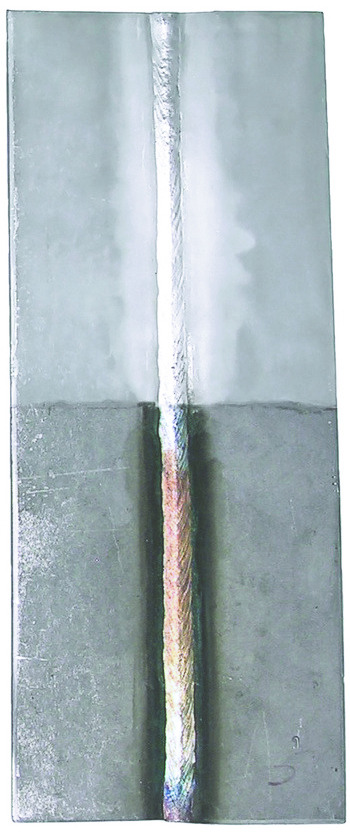
Pickling
Cleaning process
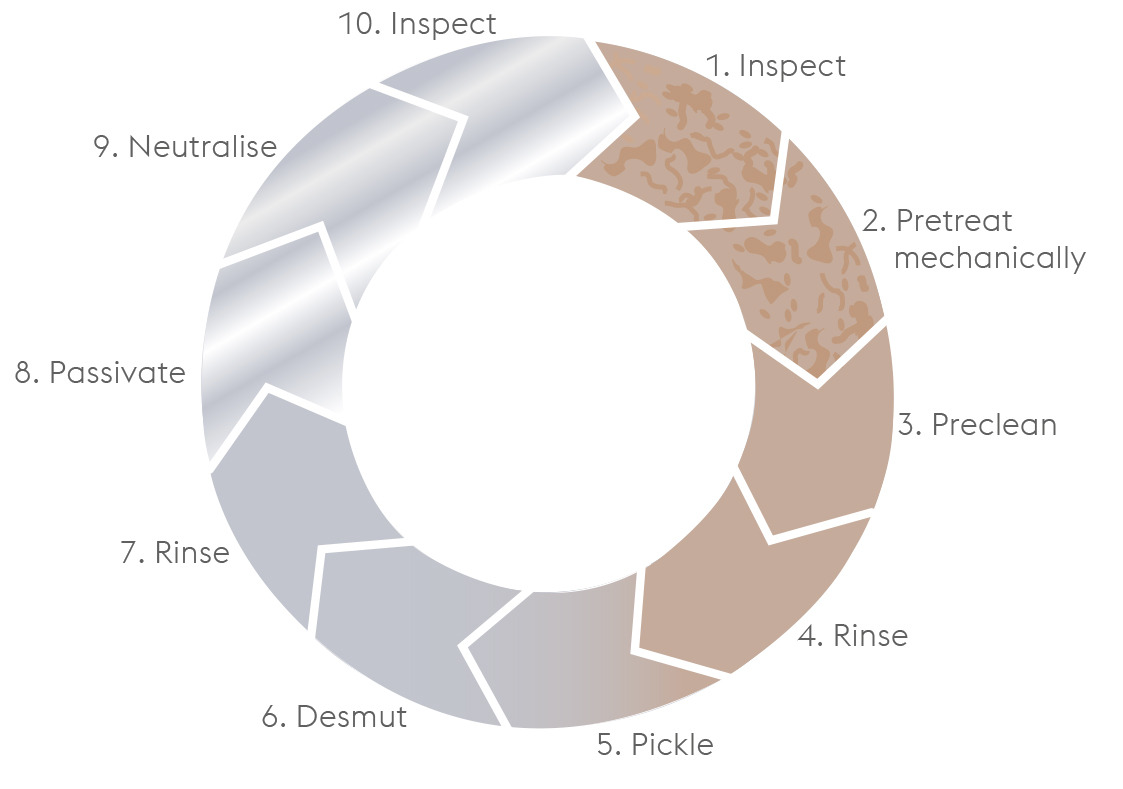
Chemical methods in practice
General requirements
The choice of the chemical cleaning process is primarly determined by the type of contaminants and heat oxides to be removed, the degree of cleanliness required and costs.
- Handling instructions and essential information (product labels, safety data sheets, etc.) about the products as well as local and national regulations have to be available.
- The personnel in charge has to be familiar with health hazards regarding the products in use.
- Personal safety equipment is required.
- When pickling indoors, the workplace must be seperated from others in order to avoid contamination and health hazards and to ensure a controlled temperature.
- The work area must be well ventilated and provided with a fume extraction apparatus.
- Subjecets to splashing (walls, floors, roofs, tanks, etc.) have to be protected by acid-resistant material.
- A washing facility has to be available, preferably a high-pressure water jet.
- A first-aid kit has to be available, in case of acid splashes.
- If the rinse water is recycled, care has to be taken to ensure that the final rinse is performed using deionised water. This is particularly important in the case of sensitive surfaces and applications.
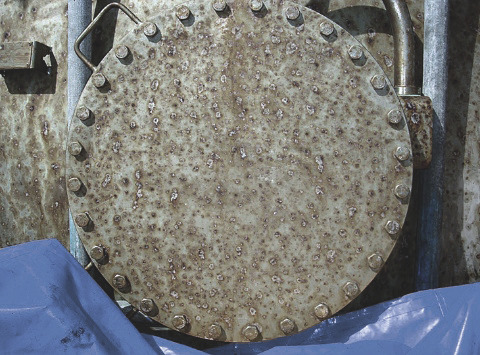
Surface rust - before using voestalpine Böhler Welding Finishing Chemicals
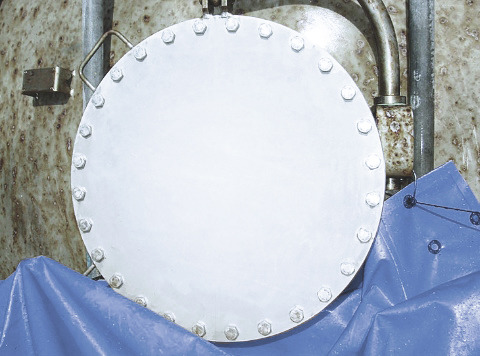
Surface rust - after using voestalpine Böhler Welding Finishing Chemicals
Precleaning and degreasing
Contamination on the surface can impair the pickling process. To prevent this, thorough cleaning prior to pickling is recommended. Where loose dust, fingerprints, shoeprints and tool marks are the contaminants, acid cleaning (e.g. Avesta Cleaner 401) is usually adequate.
Pickling
Pickling products can be applied in three different ways:
- Brushing, using a pickling paste/gel
- Spraying, using a pickling solution
- Immersion/circulation in/with a pickling bath
Discover our product portfolio for perfect pickling results
Passivation and desmutting
- Passivation is strongly recommended after mechanical treatment (to remove remaining iron contamination) and spray pickling
- Desmutting removes the dark spots caused by excessive iron left on the surface by faulty cleaning
- Fume reduction: While bath pickling, spraying a passivator on the pickled object while lifting it from the bath reduces toxic nitric fumes generated during bath pickling
Neutralisation & Waste Management
Neutralisation
The waste water from pickling is acidic and contaminated with heavy metals (mainly chromium and nickel that have been dissolved from the steel). This waste water must be treated in accordance with local regulations. It can be neutralised using an alkaline agent (slaked lime, or soda) in combination with a settling agent.
Adjusting the pH value of the waste water causes the heavy metals to be precipitated as metal hydroxides. Precipitation is optimal at pH 9.5.
The heavy metals form a sludge that can then be separated from the neutralised clear water. This sludge must be treated as heavy metal waste and disposed of accordingly.
Waste treatment
Pickling creates waste that requires special treatment. Besides what comes from the chemicals themselves, the packaging must also be considered as waste.
The sludge obtained after neutralisation contains heavy metals. This sludge must be sent away for disposal in accordance with local waste regulations.
All materials used in the packaging (plastic containers, cardboard boxes, etc.) are recyclable.
Safety

Health hazards can be avoided by the use of breathing equipment and skin protection. If a high degree of personal safety is to be ensured, we strongly recommend that the following measures be regarded as compulsory.
For personal safety, a face mask (equipped with breathing apparatus) must always be worn in connection with pickling. Pickling acids are aggressive and, on contact, can burn the skin. This can be avoided by protecting all exposed skin with acid-resistant clothing.
All cleaning chemicals are supplied with:
- Product information (PI) with reference numbers
- Material safety data sheets (MSDSs) as per ISO 11014-1 and 2001/58/EC
These documents give the information necessary for the safe handling of the product. They must always be consulted before using the product in question.
Safety rules
Pickling products are hazardous substances and must be handled with care. Certain rules must be followed to ensure that the working environment is good and safe:
|
|
|
|
|
|
|
|
New CO2 neutral factory
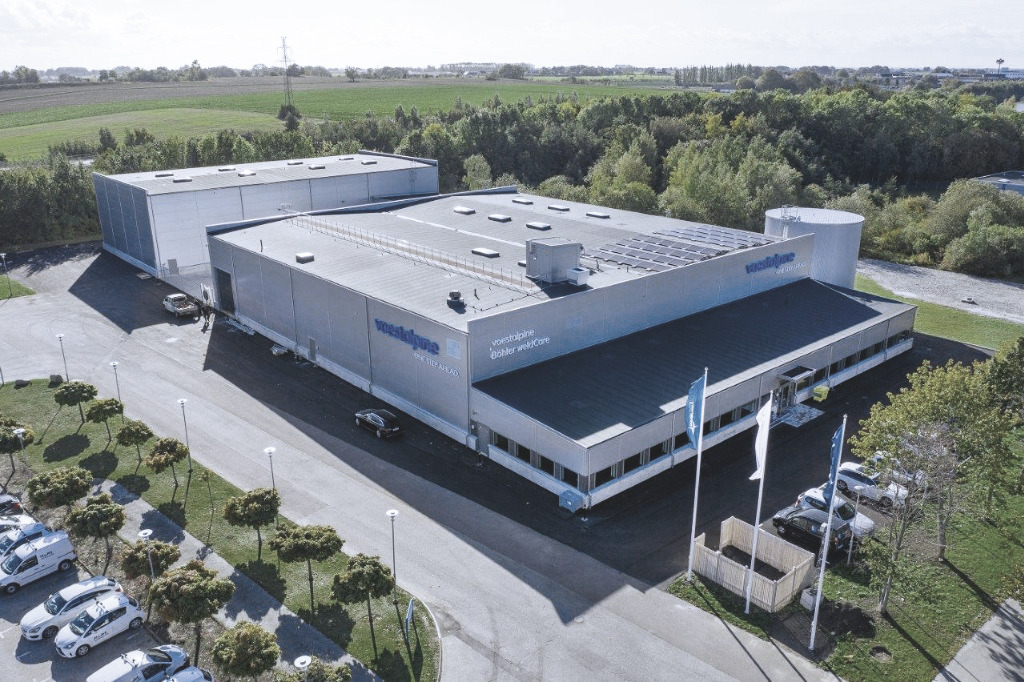
Our products are made in Malmö, Sweden, in our NEW and own modern, automated process plant:
- Safe & emission-free
- Most modern factory globally for the production of pickling and cleaning chemicals
- All chemicals processes in closed loops – for the safety of our workers
- Zero emission to air/water
- CO2 neutral production with smart energy management system (Solar panels)
- Meeting room with separated areas for cleaning/pickling/passivation demonstrations & training
- Dedicated area for welding
- Flexible meeting rooms for up to 30 persons
All products have full traceability from raw material to finished product, which gives us total control of the product quality. Our quality and environmental management systems are certified according to the ISO 9001 and ISO 14001 standards.